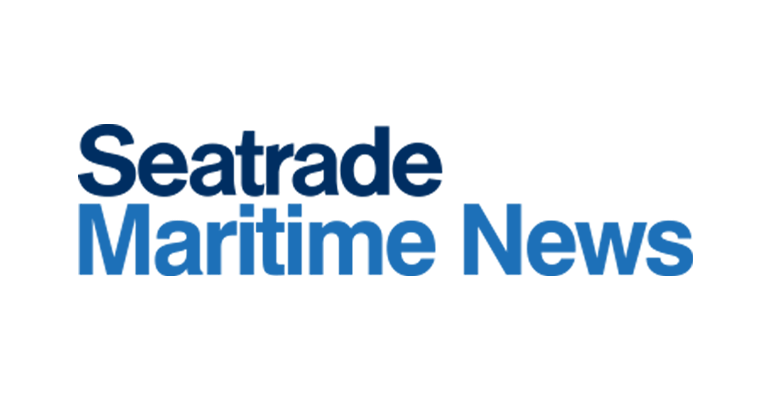Oslo: Norwegian class society DNV is to introduce new notation on underwater noise radiation on January 1st, 2010. 'Noise from ships must be given a higher priority in both design and construction ... more Noise radiation from ships is a growing concern,' says DNV's Kai Abrahamsen, a noise and vibration engineer who has been instrumental in the class society's drive to develop clear and consistent noise measuring methods. To date, there are no standard methods of measuring underwater noise from civilian vessels or equipment. However, as ocean research and the quest for new oil supplies moves into deeper water, this is becoming a growing concern. Initially, the work was started because StatoilHydro discovered that acoustics instrumentation, used for many functions under water, was being affected by background noise which can limit operational range, induce errors and even block acoustical instrumentation. As the quest for ocean resources and new oil reserves moves into deeper water, longer sound transmission noises will mean a bigger challenge. It was also discovered that high levels of under-water noise can also affect marine mammals such as whales and dolphins which rely on source to communicate, locate prey and find their way over long distances. Significant noise sources are propellers, diesel engines and gears and DnV has found that just 10% of ships are the worst offenders. The new notation will have five sub-notations relating to operational and environmental criteria. Four sub-notations apply to specific activities and types of vessel. They include acoustic (A), seismic (S), fishery (F), and research (R) notations whilst a fifth is a general environmental (E) sub-notation for application to commercial vessels. The new notations are optional. [13/10/09]
Copyright © 2024. All rights reserved. Seatrade, a trading name of Informa Markets (UK) Limited. Add Seatrade Maritime News to your Google News feed.


